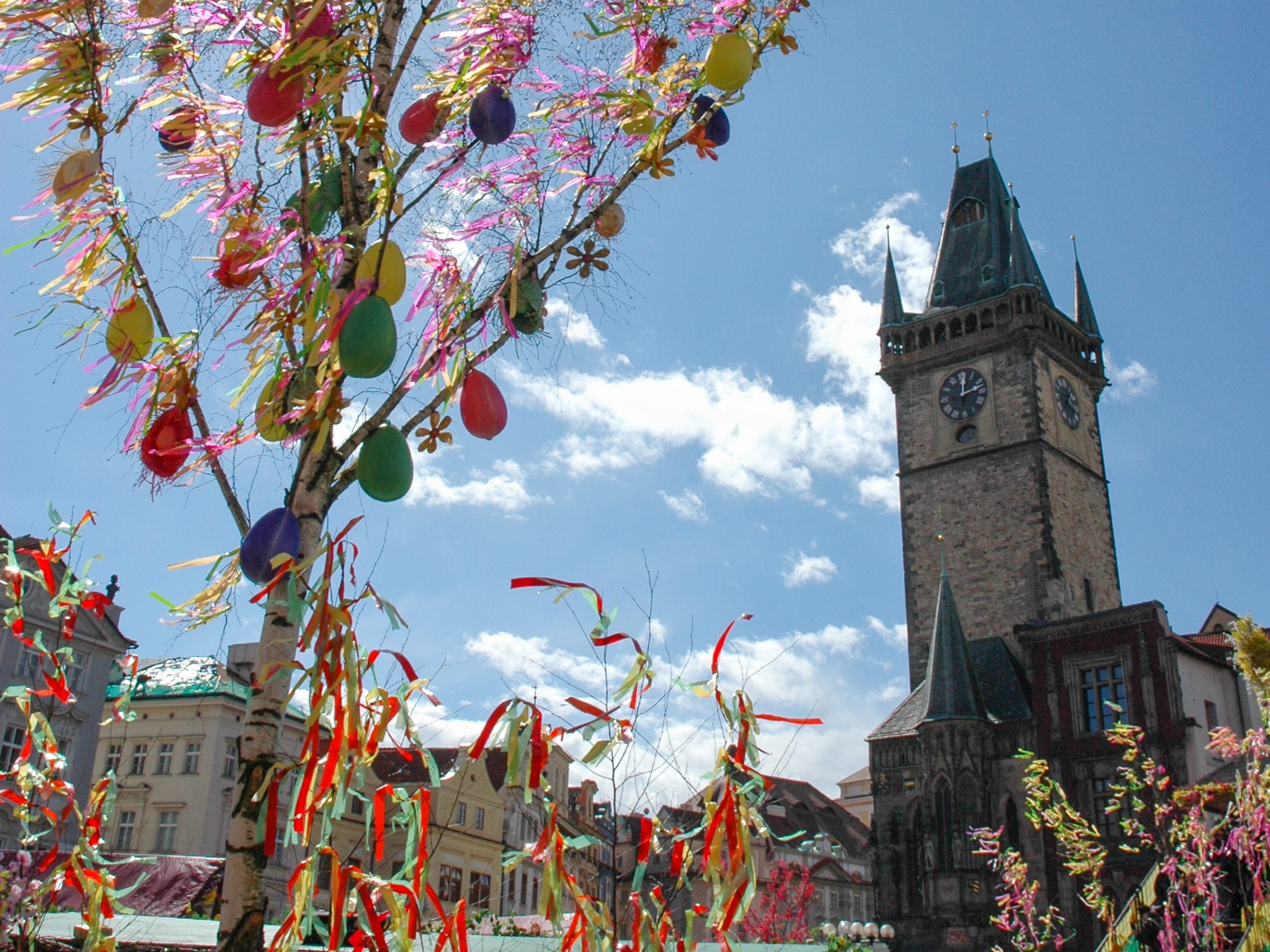With no less than 26 listings on the UNESCO World Heritage List, Czechia is a culturally very rich country. Apart from the historical monuments, some of the Czech traditions among the intangible cultural heritage are falconry, the Ride of Kings, the Slovácko verbuňk dance, the Shrovetide processions, a Pentecost tradition from the Hlinsko area, puppetry and the blueprint textile technique. The last time that a Czech tradition was placed on the prestigious UNESCO list was the handmade production of Christmas tree decorations from blown glass beads, which was added there at the end of 2020.
Now, Czechia, along with Germany, Austria, Poland, Latvia and Spain, has submitted a joint nomination for the timber rafting tradition to be inscribed on the UNESCO world intangible cultural heritage list. The tradition, dating back to the 14th century, is recognized as part of Czech traditional folk culture. Timber rafting had a long tradition in the Czech lands, ranking among highly respected and recognised, but also dangerous professions. According to most sources, the first historical mention of timber rafting on the Vltava River dates back as far as medieval times. At the time, the biggest source of timber, needed for the construction of houses, was in South and Southwest Bohemia, and the fastest way to deliver the logs to different destinations was the river. Rafting on the Vltava ended after the Second World War when a cascade system of dams was built on the river.
Today, the centuries-long tradition is kept alive thanks to the Vltavan Club, which also initiated its nomination for the UNESCO listing.
Whether the nominees will make it to the UNESCO world intangible cultural heritage list, will be decided by the end of 2022.
Source: Radio Prague international



